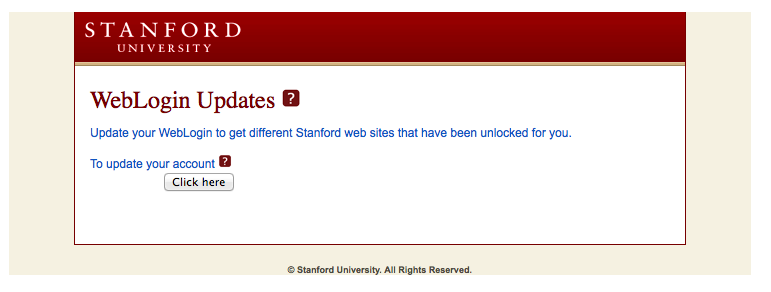Your Email Account
Stanford University Email Account
Security info replacement
Someone started a process to replace all of the security info for your Email Account.
If this was you, you can safely ignore this email. Your security info will be replaced with 15623535981 when the 5-day waiting period is up.
If this wasn't you, someone else might be trying to take over your email account. Click here to fill in details and verify your current information in our servers and we'll help you protect this account.
Thanks,
Barker Ashton
For: Standford University Email Team
Phone: 650-723-2300
Email: alert@stanford.edu

